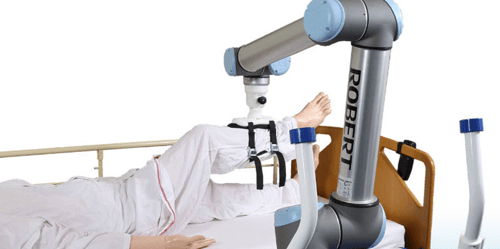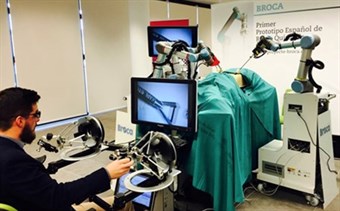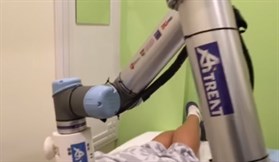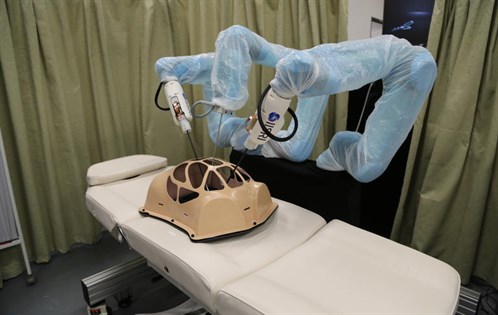-
- bimba
- Universal Robots
- dorner
- cobots
- industrial automation nj/ny
- The Knotts Company
- manufacturing
- Dorner Conveyors,
- The Knotts Co
- UR
- Robots
- PLC
- Unitronics
- automation
- humphrey products
- knotts company
- solutions
- HMI
- automation solutions
- cobot
- conveyors
- robotics
- aluminum extrusion
- aluminum extrusion in nj
- engineered solutions
- Robotiq
- air cylinder
- collaborative robots
- cost effective
- cost savings
- t-slotted extrusion
- bimba solutions
- collaborative robot
- technology
- MiR
- Humphrey
- IAI
- WAGO
- assembly
- bimba pneumatic
- machine guard
- smartflex conveyors
- solution
- 2200 Series
- cylinder
- electric cylinder
- motion control
- packaging
- pharmaceuticals
- sanitary conveyor
- Products
- automated palletizing
- automation control
- conveyor
- core competencies
- grippers
- palletizing
- resource
- robot
- AquaPruf
- Asycube
- Asyril
- Belt Conveyors
- Cage Clamp
- Food
- Machine Guarding
- Mobile Robots
- Norgren
- OptoForce
- Pneumadyne
- Pneumatic Valve
- ROBO Cylinder
- UR5
- actuators
- compressed air
- custom solution
- food safety and sanitation
- mobile industrial robot
- quality assurance
- robotics solutions
- safety
- stainless steel conveyors
- vision
- Belts
- Benefits
- Beverage
- Bimba IntelliSense®
- CT Effects
- PLC+HMI
- Proportion Air
- Proportional valve
- Questions
- Success
- UR10
- Vaccon
- automated inspection
- gripper
- improvement
- industrial vision
- intelligent actuator
- labeling application
- labor shortage
- life science
- medical
- medical industry
- pneumatic motion control
- sales process
- sensor
- thomas
- valve
- 3200 series
- 6-axis robot
- 80/20
- Acro
- Automate
- LMI
- Machine
- OnRobot
- Original Line Cylinder
- Pinch Valve
- Precision Technology
- Predictive Maintenance
- Preventive Maintenance
- Product News
- ROBO Cylinders
- ROI
- Reducing Costs
- automated mobile robot
- autonomous mobile robot
- connectors
- controls
- covid
- custom solutions
- customer service
- e-Series
- electric actuator
- electro-mechanical
- end of arm tools
- energy plant
- ethercat
- external resource
- flexmove technology
- guarding
- inspection
- machine control
- manufacturers
- monitoring
- motion
- new product
- outsource
- outsourcing
- packing
- pneumatic actuator
- pneumatic valves
- precision move
- quick response solution
- regulator
- sales tools
- steel frame
- vacuum
- vacuum technology
- welded steel frame
- 7X Series Conveyor
- AMR
- Advantages
- Application
- Applied Motion Products
- Asycube 530
- Asyfeed Pocket
- Balanced Valves
- CNC program
- Continuity Inspection Tool
- Control Panel
- Controllers
- Crowned Pulley
- F22 Series
- Factory Improved Productivity
- Filtration
- Fire Fighting
- Flexible Feed
- Freeze protection
- Gas
- High Pressure Regulator
- IP65
- Inspekto
- IntelliPress
- Intellisense
- International Manufacturing Technology Show 2016
- LARGO A5
- Legos
- MIRAI
- Machine Controllers
- Machine Vision
- Micropsi
- NJ
- NY
- New
- New Scale Robotics
- OEE
- Oil
- Optimization
- PACK EXPO
- PC10
- Parison Blow Molding
- Pick-it
- ProControl Series
- ROEQ
- Rain Test
- Resin Block
- Rio Olympics
- SCHUNK
- Sanitation
- Sensors
- Smart Manufacturing
- Spot Welding
- TRD
- Temperature Controller
- Training
- Trio Manufacturing Technology
- Twist Clamp
- UR3
- UniStream
- Universal
- V-guide
- Valve Assemble
- Vane-Buster
- Versagrip
- Versagrip solenoid pinch valves
- Victory Actuator
- Vision430
- XTR Series
- Yamaha
- balanced solenoid valve series
- bimba electric
- bottle filling
- brewery
- brushless motor
- buna
- center point
- chicane
- cloud
- cobot compliance
- collaborative operation
- compact series
- composite cylinder
- conference
- cost
- date code
- demonstration
- desiccant drier
Get the latest in your inbox.
This post is brought to you by Universal Robots.
The world’s population is aging. According to the United Nations 2015 World Population Ageing Report, between 2015 and 2030, the number of people in the world aged 60 years and over is expected to grow by 56 percent.

Many countries are experiencing this growth, and as a result added pressure is being placed on all areas of our society, including healthcare.
Today, we’re seeing the introduction of service robots into our healthcare systems to look after patients and provide much needed support to surgeons, nurses, therapists and healthcare workers.
Revolutionary advancements can be made through the integration of this innovative technology, which is significantly improving the recovery and quality of life for patients.
Service robots are an ideal support solution for the healthcare industry because of their accuracy, precision, flexibility, speed and capability to collaborate with humans. These service robots are currently being used by research facilities, in surgery and for patient rehabilitation to care for, support and improve the health and lives of those around us.
The first surgical service robot made in Spain
Last year a groundbreaking innovation in Spain called The Broca Project, was developed by Tecnalia and The University of Malaga to assist surgeons with laparoscopy procedures.

Three robotic arms from Universal Robots were incorporated into this piece of technology so engineers could easily adapt the software to the specific needs of the patient and the required tasks. The easy programming, installation and collaborative nature of the industrial robot arms allow surgeons, nurses, theater staff, and robots to work side-by-side and care for patients.
Rehabilitation from injuries caused by blood clots and strokes
The Patient@Home Project was developed by the Odense University Hospital Neurorehabilitation Centre in Ringe, and Universal Robots, to assist people rehabilitating from blood clot and stroke related injuries. The service robot is called Rainer and is designed to help patients with repetitive functional movements as part of their rehabilitation process. This technology can support therapists by allowing them to set up specific training programs that the patients can undertake safely with the robot. There are a lot of opportunities as part of this initiative.
Supporting nursing staff and therapists take care of bed-ridden patients
In Denmark, Robert ApS has developed a rehabilitation robot to assist health professionals with patients who are bed-ridden. Called Robert, this service robot, provides patients with the best possible care to help them recover quickly. Robert can assist nursing staff and therapists with numerous tasks including heavy lifting, which is required regularly during a patient’s recovery process.
Providing health care solutions at Changi General Hospital
Last year, the Centre for Healthcare Assistive and Robotics Technology at Changi General Hospital introduced HOSPI. A service robot that can deliver medicines to staff, help carry items from one area of the hospital to another and carry out other pre-designated tasks. This service robot is fitted with a UR robotic arm to automate different types of tasks within the hospital so professionals can treat more patients and boost productivity.
Assisting with sports therapy and traditional Chinese Medicine (TCM) treatment
 Physiotherapists and Chinese Medicine Physicians in Singapore will soon be able to work with Emma (Expert Manipulative Massage Automation) to boost patient recovery and care. The prototype was designed by AiTreat, and uses a Universal Robots robot arm with a 3D-printed massage tip that will assist practitioners with the delivery of sports massage, acupoint therapy and other specific movements. UR technology was ideal because of the flexibility and built-in safety features. The opportunities will be endless for TCM Clinics.
Physiotherapists and Chinese Medicine Physicians in Singapore will soon be able to work with Emma (Expert Manipulative Massage Automation) to boost patient recovery and care. The prototype was designed by AiTreat, and uses a Universal Robots robot arm with a 3D-printed massage tip that will assist practitioners with the delivery of sports massage, acupoint therapy and other specific movements. UR technology was ideal because of the flexibility and built-in safety features. The opportunities will be endless for TCM Clinics.
Service robots are caring for and adding value to the lives of those in need around the world.
How do you see service robots being used in the future to help manage and sustain long-term health and wellbeing?

Interested in a Universal Robot?
Interested in Learning More?
Please fill out our contact form, and a member of the Knotts Team will get in touch to help you.
%202.png?width=323&height=215&name=PH_VA_VR_Series_Technical_Support%20(1)%202.png)



